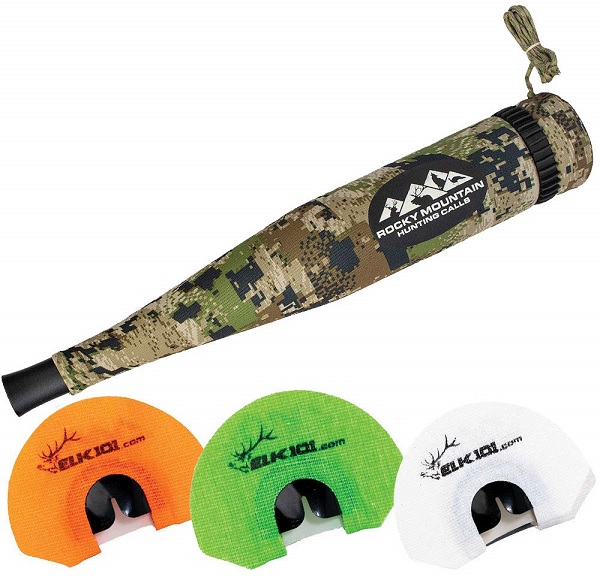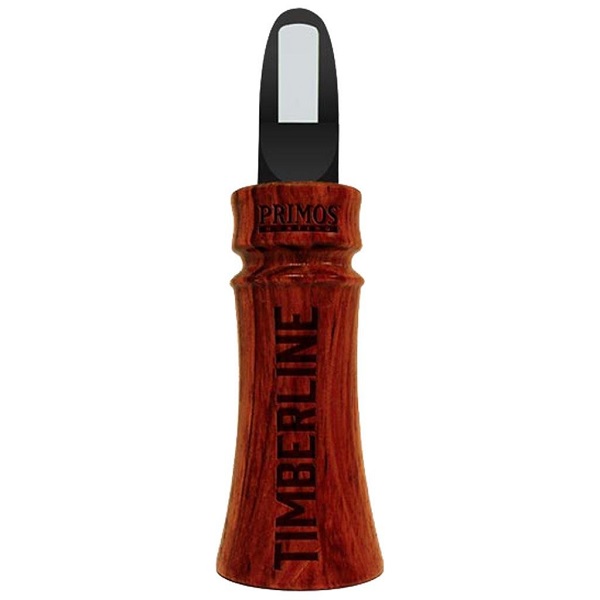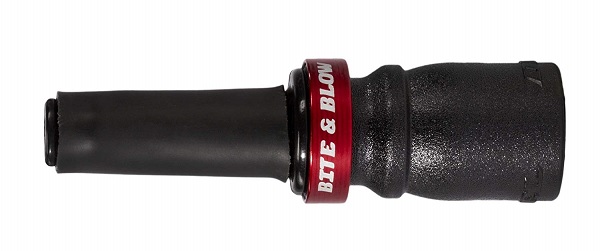Elk Calls and Elk Vocalizations 101
OutdoorHub Reporters 10.30.19

Spend enough time in the mountains, and you will likely catch the unmistakable notes of bull elk bugling across the valleys. It’s one of the few sounds in nature that instantly gives you chicken skin, and makes every hair on the back of your neck stick straight up at attention.
In this SITKA film, join nine-time World Elk Calling Champion Corey Jacobsen as he talks about all the intricacies involved in elk calling with pioneers of the bugling game Larry D. Jones, Wayne Carlton, Rockie Jacobsen, and Will Primos.
This is a group of gentlemen who, not only have decades worth of experience behind an elk call, but have also harvested several mature bulls in their days. Simply put, when these guys are talking hunting and giving advice on drawing elk in closer, it’s a good idea to drop whatever you’re doing and listen. You might even want to jot down some notes, because the information in this video is absolute gold!
Elk Vocalizations
Elk use specific vocalizations to locate each other or to notify other elk of potential dangers. The types of elk vocalizations can be broken into a couple different types of elk calls:
“Chirps”– Chirps are used by both cow and bull elk. They use this vocalization to “chat” with each other when other elk are around. Think of it as talking around the water cooler at work. Hunters will use “chirps” to mimic a large group of cow elk in hopes of attracting a mature bull.
“Mew”– Mews can mean a number of things in the elk world. They can be used to announce threats, submission, sparring between bulls, or just simple communication from cow to bull, cow to her calf or locating other elk.
“Barks”– This is the one elk vocalization you want to avoid at all cost. Ever been “blown” at by a deer? This is right along the same lines. “Barks” sound, well, pretty much exactly how you would imagine. Very pointed and abrupt. If you’re in on elk and you hear an elk “bark” at you, you might as well head back to camp and throw on some bacon and eggs. You’ve been busted, and there’s a good chance those elk you were just staring at are already in the next unit.
“Bugle”– By far the most well-known elk call: the bugle. Like I said before, an elk bugle is flat out unmistakable. Bull elk use this vocalization for a couple different reasons. Usually, it’s a sign of dominance, however, they also use bugles to locate other elk. During the rut, mature bulls will even use this vocalization to locate other bugling bulls and then run them out of the area – for you whitetailers, its the same reason bucks respond to the sound of rattling. These factors alone make bugling one of the most important vocalizations any elk hunter should know how to use.
“Chuckle”– a “chuckle” is series of calls used as a follow up to a bugle. The old bugle & chuckle can be used in combination to present a full sequence to entice bulls with the indication of dominance.
Elk Calls
Now that we’ve gone through the types of vocalizations elk use to communicate with one another, lets talk about the actual calls you will need to make each one.
Bugle Tube

If you were going on an elk hunt and could only bring ONE elk call, a bugle tube is an absolute must. This one from Rocky Mountain Hunting Calls warrants serious consideration. With a new, larger diameter mouth-opening and tapered venturi design, the Bully Bull ‘Extreme’ creates consistent airflow with ideal back pressure for easier to obtain octave changes. Plus it comes with bull, cow and calf diaphragm calls.
Open Reed

The second elk call you might want to consider is an open reed cow call like the Timberline call from Primos. The Timberline open reed is easy to use and very effective at calling in mature bull elk. The open single-reed reproduces the high pitches of both cows and calves. With a little practice, you will be speaking the language of cow elk in no time.
Bite Call

Another consideration you may want to have on your elk hunt, is what’s called a bite call. A bite call allows you to get a unique nasally sound you will not be able to achieve with a diaphragm or open reed call. The nasally sound this type of call makes might be all a bull needs to hear to come that extra 50 yards!
Whether you are just getting started in elk hunting, or have been chasing bugles for years, chances are you could always use a little more practice. The trick is applying the right amount of air pressure to each call. Once you have mastered that aspect, it’s simply a matter of working a cadence. Cadence is unbelievably important regardless of the species you are calling to, so pay close attention when you are starting out!
Overall, use common sense when using elk vocalizations in the field, and know how much is too much. Experience will guide you with this, and eventually you will get a feel for the right time to make which call. To help give you a heads start, watch The Linguists video below:

